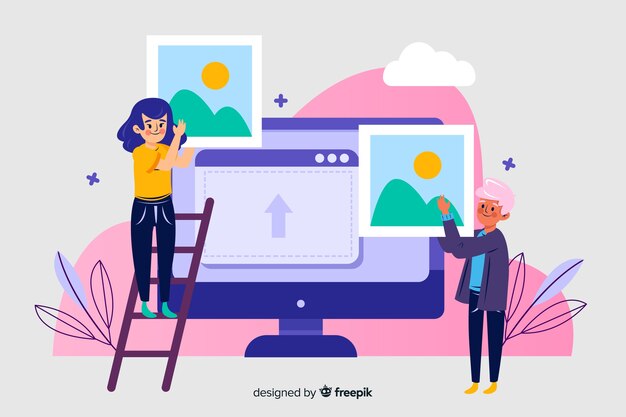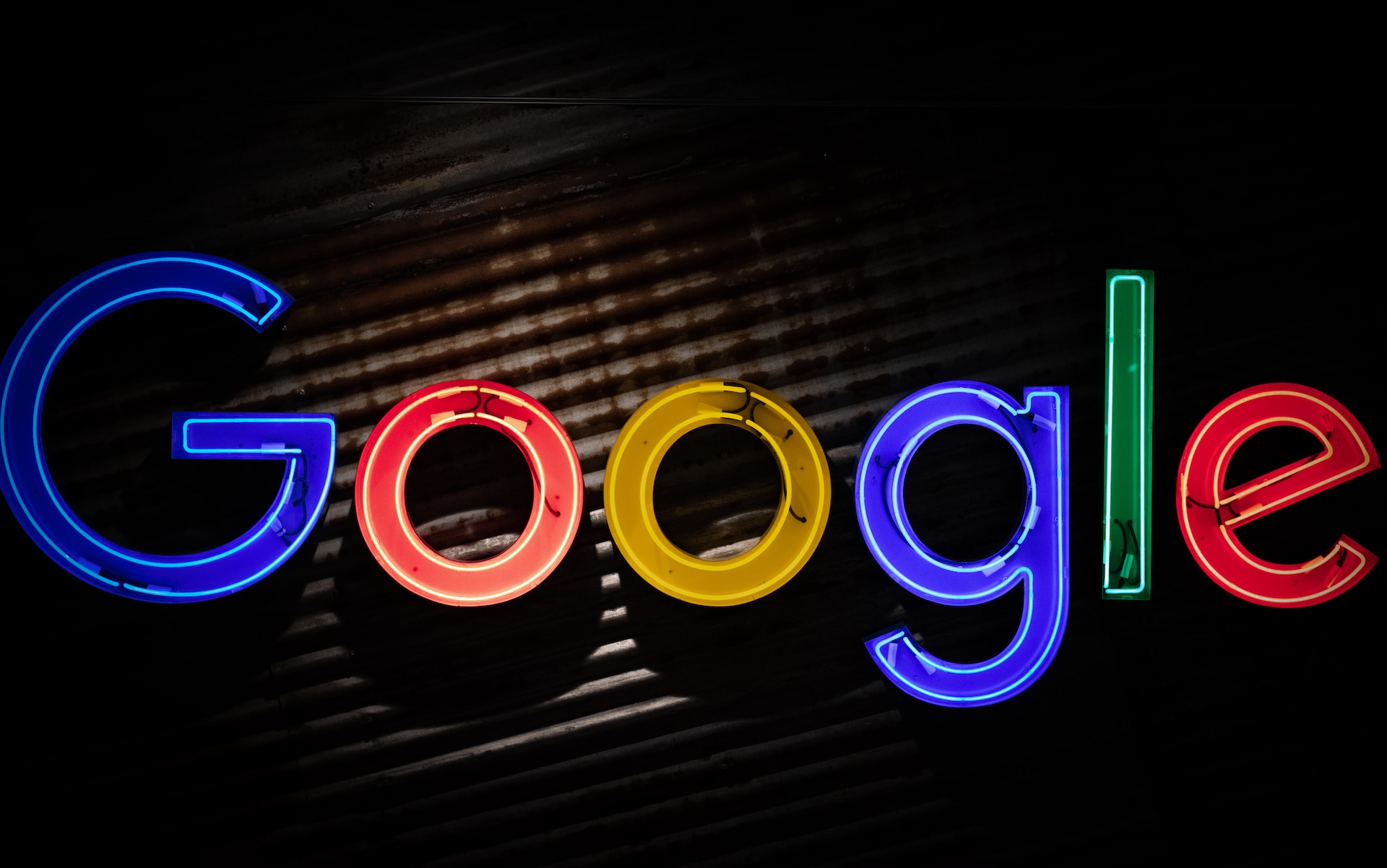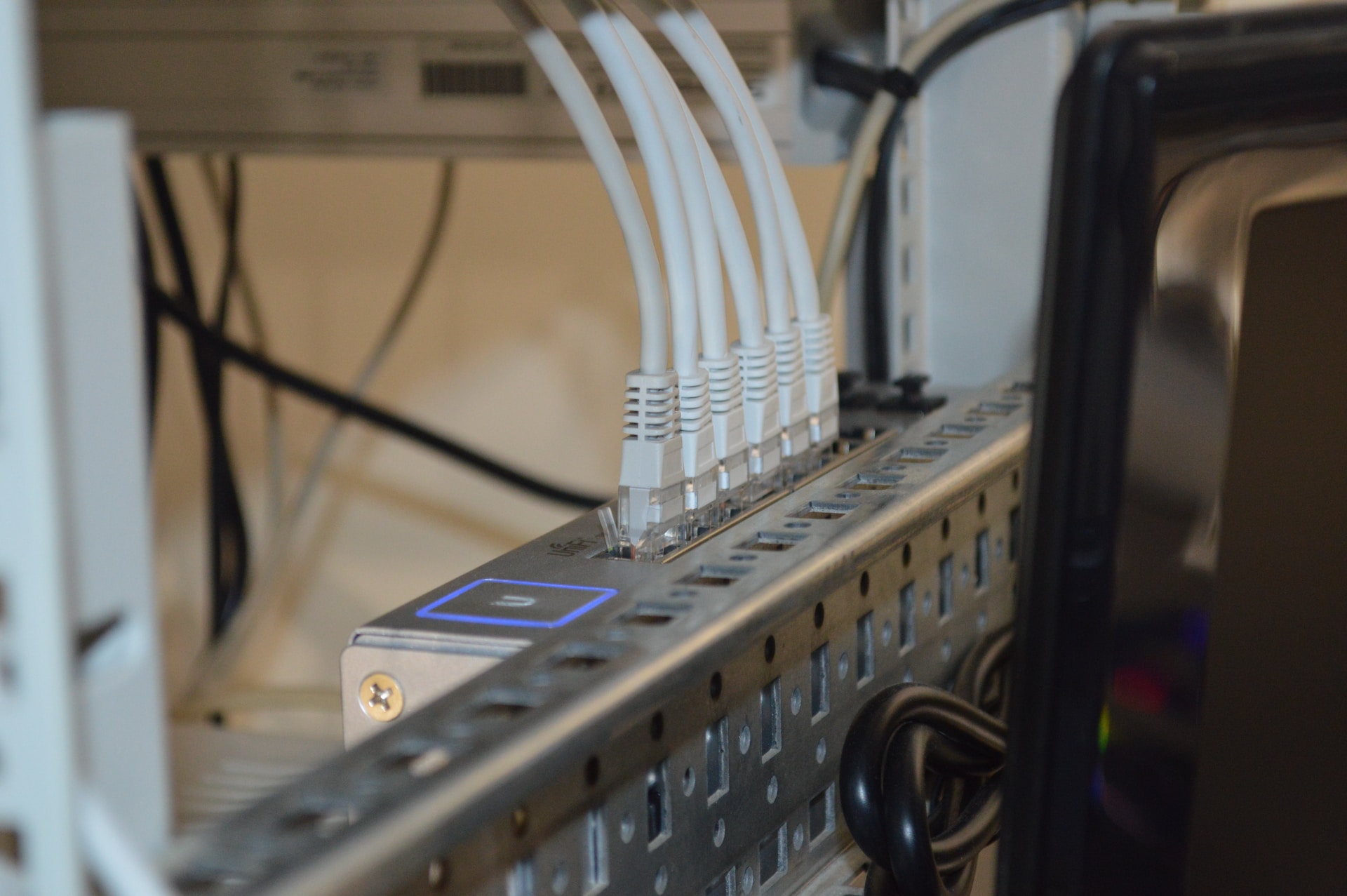Introduction:
The advancements achieved in AI technology have given rise to high-performing language models like ChatGPT, recognized for their exceptional natural language processing capabilities. However, handling multimodal interactions involving both text and images remains a challenge. To address this, The introduction of Visual ChatGPT by Microsoft Research, a chatbot system that enables smooth integration of both text and images. This article will delve into the design and features of Visual ChatGPT.
A Fusion of Language and Visuals
Visual ChatGPT is a unique chatbot system through pushing past the limitations of typical text-based interactions. By merging OpenAI’s ChatGPT with 22 different visual foundation models (VFM), the system enables users to interact using both textual prompts and image inputs. By employing various modalities, it allows fresh avenues for stimulating and vibrant exchanges.
The Role of the Prompt Manager
The essential part of Visual ChatGPT is the Prompt Manager, a crucial module that facilitates seamless integration of visual information. The Prompt Manager processes raw text inputs from users and converts them into a coherent “chain of thought” prompt. As a reference point for ChatGPT to determine if a VFM tool is needed to complete designated image-related duties.
Unlocking the Potential of Visual Information
While large language models like ChatGPT excel in processing text, On the other hand, interpreting images is an ability that these models do not possess To tackle this restriction, Microsoft’s team developed the Prompt Manager to encompass visual hints derived from conversation records, which may include filenames of images. By employing VFMs like CLIP or Stable Diffusion, ChatGPT has the ability to harness these cues for executing intricate computer vision tasks.

Guided Multimodal Interaction
Visual ChatGPT’s architecture revolves around a LangChain Agent, which intelligently guides the chatbot’s decision-making process. The agent determines if a VFM tool is necessary by assessing both the user’s prompt and conversation history. Following this, it generates fitting prompt prefixes and suffixes, guiding ChatGPT to ask itself if a particular tool is needed to fulfill the user’s request.
Enabling Indirect Image Understanding
While ChatGPT cannot directly interpret images, Visual ChatGPT provides it with a set of tools for handling various visual tasks. The assigned filename for each image follows the format “image/xxx.png,” enabling ChatGPT to call upon the appropriate tool for the intended task. By iteratively applying VFMs, the chatbot generates written content that match the visual elements of the images.

Seamlessly Integrating Text and Images
Visual ChatGPT’s iterative approach ensures a smooth integration of both textual and visual outputs. As the chatbot invokes VFMs and generates image responses. Completing the multimodal interaction, the last text output is used as the final response sent to the user.
Conclusion:
Microsoft’s open-sourced Visual ChatGPT marks a notable progress in the direction of attaining smooth multimodal interactions within AI-driven chatbots. By combining language processing with computer vision capabilities, this groundbreaking system presents a robust tool for developers and educators Visual ChatGPT offers a wide range of possibilities to elevate discussions, creating immersive experiences, and The implementation of Visual ChatGPThas the power to completely change our approach to interacting with AI systems in years to come.










